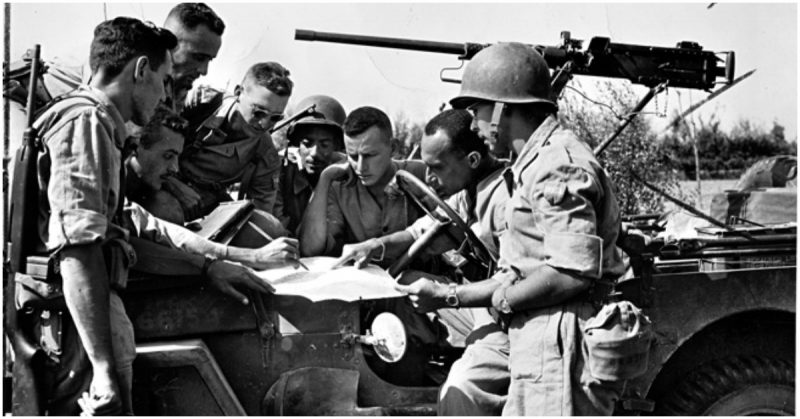In addition, some members of the BEF were organized as an infantry division within the US Fifth Army. They wore American uniforms with Brazilian rank and unit markings.
Accounts of World War II rarely mention that Brazil was the only country from South America that fought on the side of the Allies, making a significant contribution to military efforts against Italy and Germany. Brazilian armed forces fought in the Battle of the Atlantic and took part in the Italian Campaign.
After the outbreak of WWII, Brazil maintained neutrality (during the First World War, Brazil, together with Japan and Romania, had supported the Triple Entente). During its period of WWII neutrality, Brazil maintained trade relations with both the Axis Powers and with the Allies.
However, as the war developed, trade with the Axis countries became difficult. To bring Brazil over to the Allied side, the United States put diplomatic and economic pressure on the country. Ultimately, a Joint Brazil-US Defense Commission was set up to counteract the influence of the Axis in South America.
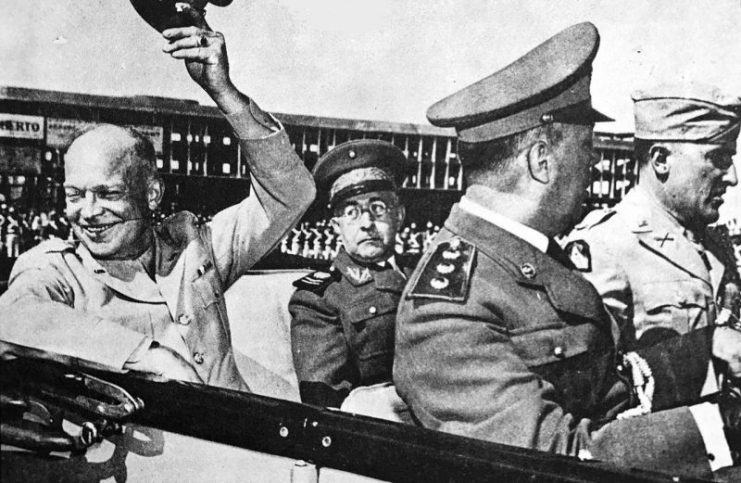
In early 1942, Brazil gave permission to the United States to place military bases on its territory, and in return the US offered to encourage the formation of its steel industry. On January 28, 1942, during the Pan-American States Conference in Rio, Brazil broke off diplomatic relations with Germany, Japan, and Italy.
This decision led to German and Italian submarines sinking 36 Brazilian merchant ships, causing over 2,700 casualties. Against this backdrop, anti-Nazi demonstrations and rallies were held in Brazilian cities in August 1942.
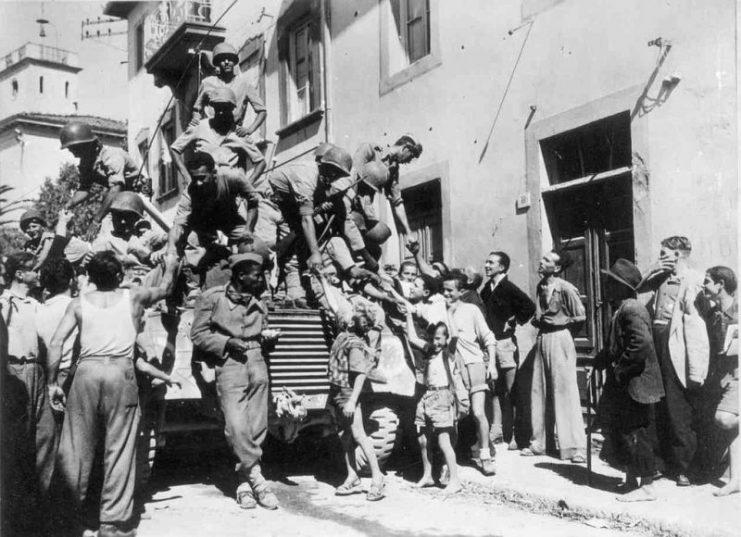
On August 22, 1942, Brazil declared war on Italy and Germany. On 28-29 January 1943, during a meeting with US President Franklin D. Roosevelt, Brazilian President Getulio Vargas proposed using the Brazilian military in Europe and in the Atlantic ocean.
The main task of the Brazilian Navy was to work together with the Allies to ensure the safety of ships in the Central and South Atlantic area over to Gibraltar. Together with the Allies or alone, it escorted 614 convoys, protecting 3,164 troop ships and merchant vessels.
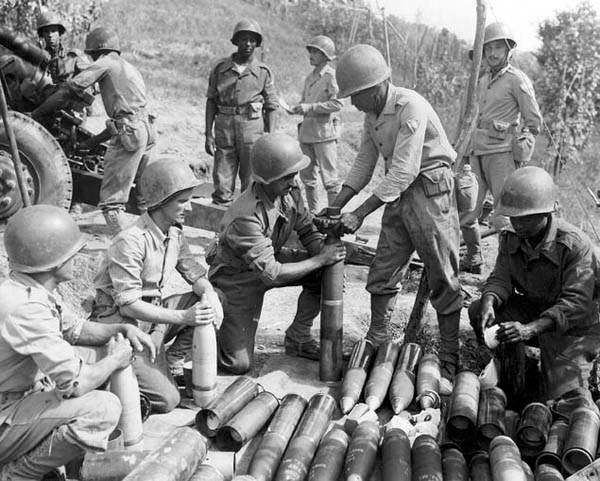
As part of its Lend-Lease agreement, Brazil also used American ships (several submarine-chasers, 8 destroyer escorts, and 3 fleet destroyers). In the battle against the German submarines, Brazilian submarines and frigates used depth charges and mines. The Brazilian Navy, according to German documents, attacked German submarines a total of 66 times.
Brazilian Air Force pilots flew a total of 445 missions comprising 2,550 individual sorties. Although this number was only 5% of the total missions in the European theater, the Brazilians managed to destroy 36% of the fuel depots, 85% of the ammunition depots, and 28% of the bridges they targeted.
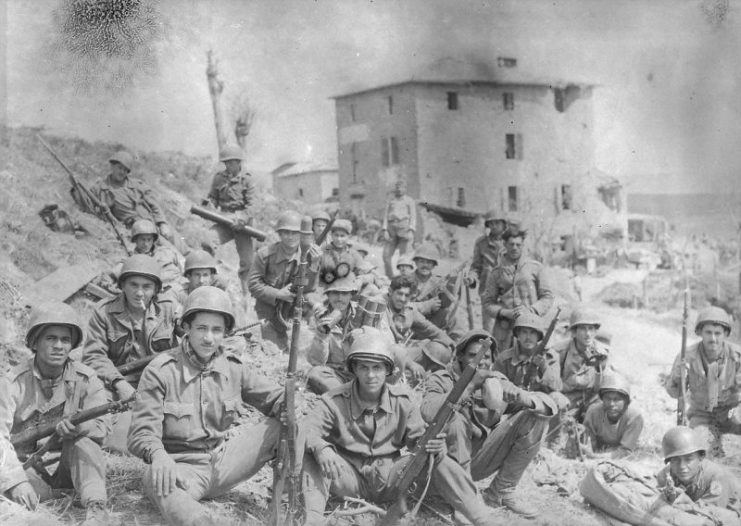
The Brazilian Expeditionary Force (BEF) initially was about 100,000 people divided into three or four divisions. Because of the difficulties encountered with armament, mobilization, and transportation, it was only possible to organize each infantry division with about 25,000 men including replacements.
In addition, some members of the BEF were organized as an infantry division within the US Fifth Army. They wore American uniforms with Brazilian rank and unit markings.
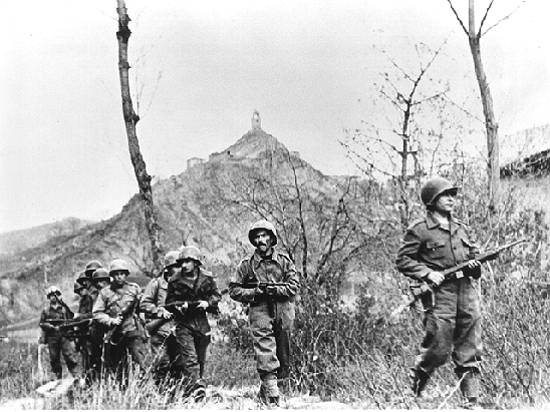
On July 2, 1944, the first detachment of the BEF went to Europe aboard the USS General Mann. On June 16, 1944 they arrived in Naples, 5,000 strong. At the end of July, two more transports with Brazilian soldiers arrived in Italy. Two more in September and November 1944 and one in February 1945 followed them.
The Brazilians arrived in part to replace French and American troops who in June had been sent to the south of France to participate in Operation Dragoon. By the end of May 1945, the total number of Brazilian servicemen in Italy reached 25,334 people.
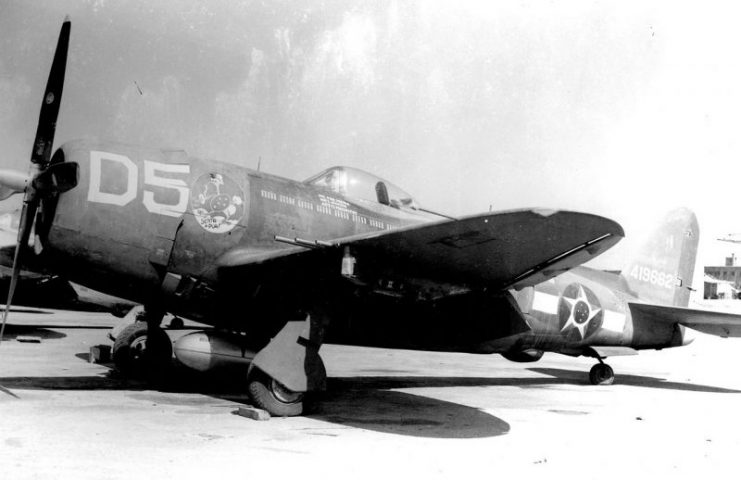
At that time, the phrase “when snakes smoke” became popular, similar in meaning to the expression “when pigs fly” in reference to something that will probably never happen. After entering the war, members of the BEF proudly wore a badge depicting a cobra with a pipe in its mouth and called themselves the “Smoking Cobras.”
The Germans, in turn, attached great importance to the stay of the Brazilian armed forces in Italy and used propaganda against them. Germany created propaganda leaflets geared toward the Brazilians and aired a daily radio program in Portuguese called “Hora AuriVerde” (Golden-Green Hour).
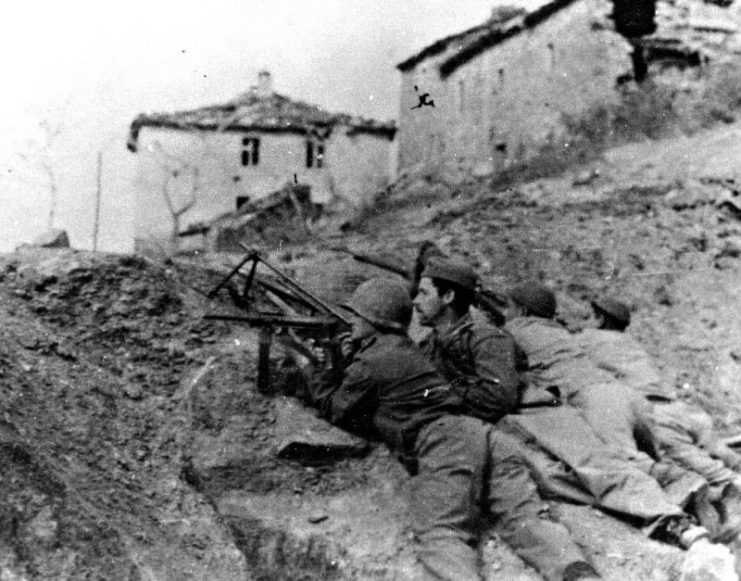
The BEF achieved battlefield successes at Massarosa, Camaiore, Mount Prano, Monte Acuto, San Quirico, Gallicano, Barga, Monte Castello, La Serra, Castelnuovo di Vergato, Soprassasso, Montese, Paravento, Zocca, Marano sul Panaro, Collecchio and Fornovo di Taro.
In the last offensive, the Brazilians reached Turin and after that, on May 2, they joined the French troops at Susa. On the same day the end of hostilities in Italy was announced.
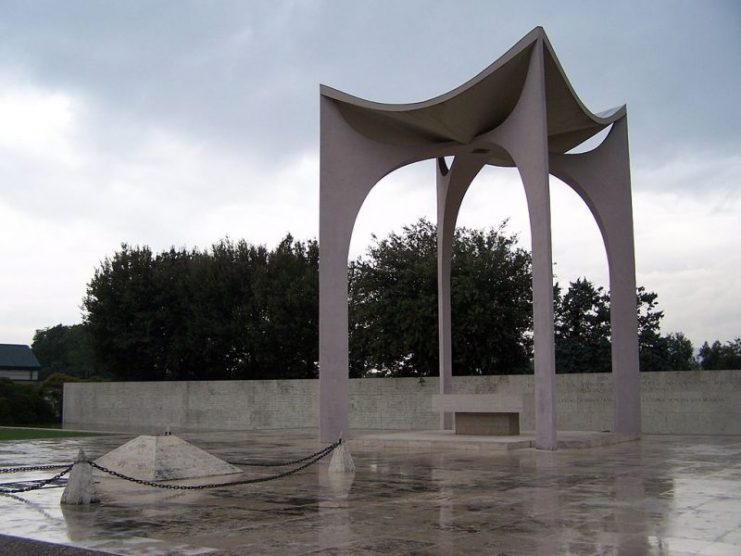
During their eight months of battling in Italy, the Smoking Cobras lost 450 soldiers and 13 officers, but in turn they managed to capture 20,573 Axis soldiers.
Read another story from us: How Neutral Countries Responded to WW2 – Some Made a Fortune From It
The Brazilian Expeditionary Force was dispatched to Europe with an important political and social role, and Brazil’s main military contributions there came to fruition during the Italian Campaign. Although Brazil’s participation in World War II may not have been singlehandedly decisive, it left its mark on history.
